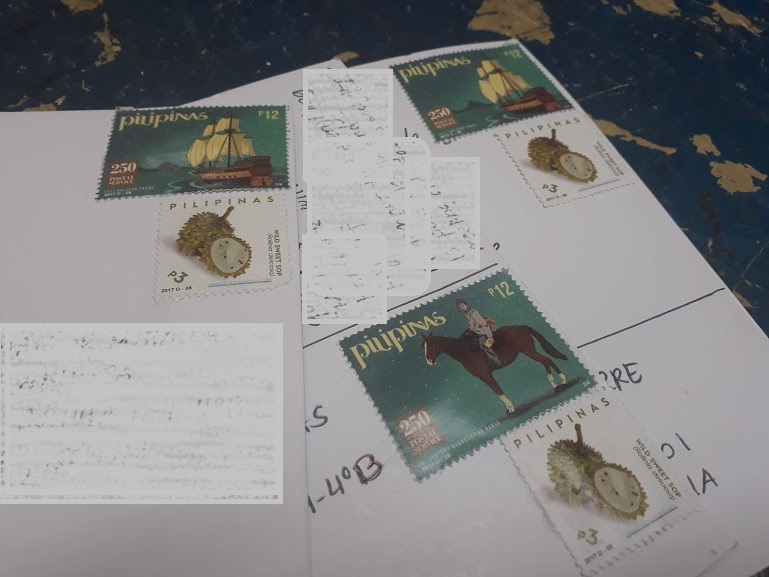I’m an old soul. I’m a sucker for handwritten letters. I even kept those that my grade school friends have written to me. And until now I still have my collection of stationery from the 90’s in which I added some items, including postcards from my travels, over the years. Yup, I was one of the rare students back in high school who appreciated the teacher when she required us to send a friend a snail mail. Little did I know that experience would come in handy later into adulthood when I have friends from different continents that I want to reach out the old fashion way.
Know the quote, “You don’t know what you have until it’s gone”? It resonates well for the Philippine postcards that used to have it’s own corner in National Bookstore. The beautiful island postcards are gone from the shelves. Good old Papemelroti saved the day though. Their collection include colorful square and cute teacup-themed postcards. Good deal as price starts at PHP 6.00 a piece.


The following are the tips and tricks I’ve discovered from regularly sending postcards abroad:
- There are no postboxes anymore in the Philippines where you can just drop your stamped postcard or letters. Unlike in other countries where there is a postbox on every block (even Disneyland and Wizarding World of Harry Potter have one!), you actually need to visit the post office to buy stamps and send a postcard or letter to anywhere.
- Your local post office is most likely near your town or city hall. I think this makes transport of important government documents easier and more safe. In larger cities like Manila, PhilPost have branches in some major malls. You can include sending letters in your shopping routine.
- Sending a postcard abroad from the Philippines costs only PHP 15 and an international letter is PHP 55, cheaper compared to other countries. In the US, stamps for international mails cost $1.15 each.
- You can request for metered stamps instead of the common red stamp. They just cost the same. The difference is that the metered stamps have colorful pictures on it. You also have to paste two metered stamps (the bigger stamp is PHP 12.00 and the smaller one is PHP 3.00) on each postcard or letter. In the US, the stamps are like stickers so no need for glue. But rest assured, there is a jar of glue in PhilPost anyone can use.
- Postcards sent internationally take about 2 weeks to get to the destination country. But during Christmas, it might take as much as 3 weeks to a month. PhilPost do well in outgoing posts. Well, the incoming posts are another story. I sent my brother a postcard from Disneyland in November 2017, it arrived in our house March 2018. Cross-fingers, it wouldn’t be that long for the postcards I am expecting to receive.
- The PhilPost staff are surprisingly friendly and kind. They are willing to help you out in case you don’t understand something. You just have to be honest and ask politely.

Sending a postcard or a letter would be a great community exposure activity for my adolescent clients. It targets the IADL, communication management!
All is well!
